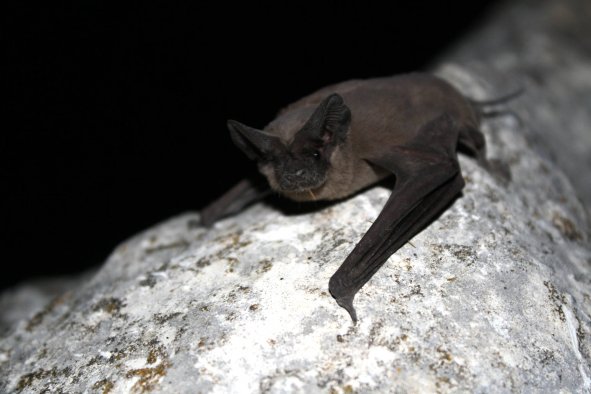Floridians are at an increased risk of "life-threatening" bacterial infections in the wake of Hurricane Milton, state health officials have warned.
Residents have been urged to avoid floodwaters as the department continues to monitor and respond to health risks posed by this year's hurricane season.
Hurricane Milton made landfall on Wednesday evening as a Category 3 storm along Florida's Gulf Coast. As of 5 a.m. ET on Thursday morning, the National Weather Service has warned of "life-threatening" storm surges along the east coasts of Florida and Southern Georgia as well as heavy rainfall across Northern and Central Florida.
The rain brings with it a risk of considerable flash and urban flooding. This flood water can contain sharp objects, live wires, dangerous reptiles and, according to the National Weather Service, it only takes 12-inches of fast-moving water to sweep a car away.
But beyond these immediate threats, another danger lurks beneath the murky water.
Vibrio bacteria are a group of aquatic microorganisms that can be found in warm coastal waters around the Gulf states. They bacteria cause an estimated 80,000 infections in the U.S. each year, according to the U.S. Centers for Disease Control and Prevention (CDC), and research suggests these might be on the rise.
While most Vibrio infections are relatively mild, one species—Vibrio vulnificus—can cause a potentially life-threatening infection, with roughly one in five of those infected dying in as little as two days.
"Vibrio vulnificus is really a nasty one and if it's left untreated and goes systemic it can be fatal," Rita Colwell, a distinguished professor at the University of Maryland Institute for Advanced Computer Studies who has studied Vibrio for the last 50 years, previously told Newsweek.
"The bacteria invades the body's tissues and [sometimes] the only way to save the life of these individuals is to amputate [the infected limb]."
Vibrio enters our bodies when it is ingested or through open wounds when they are exposed to contaminated water.
According to the Florida Department of Health (FDOH), their concentrations often rise after heavy rainfall and flooding, particularly in brackish and saltwater environments.
So, what are the symptoms? According to FDOH, symptoms include diarrhea, vomiting, abdominal pain, fever, chills, fast heart rate, confusion and disorientation. "Seek medical attention immediately if you experience symptoms associated with Vibrio vulnificus, especially after exposure to floodwaters," the department said in a statement.
While Vibrio can affect anyone, those with compromised immune systems, liver disease, or open wounds are at particular risk of this infection.
But what should you do to stay safe? The FDOH recommends the following precautions:
- Avoid swimming or wading in floodwaters.
- Cover open cuts and wounds with waterproof bandages.
- Wash skin and any open cuts or wounds thoroughly with soap and clean water after any contact with floodwaters.
Do you have a tip on a health story that Newsweek should be covering? Let us know via science@newsweek.com.
Disclaimer: The copyright of this article belongs to the original author. Reposting this article is solely for the purpose of information dissemination and does not constitute any investment advice. If there is any infringement, please contact us immediately. We will make corrections or deletions as necessary. Thank you.



